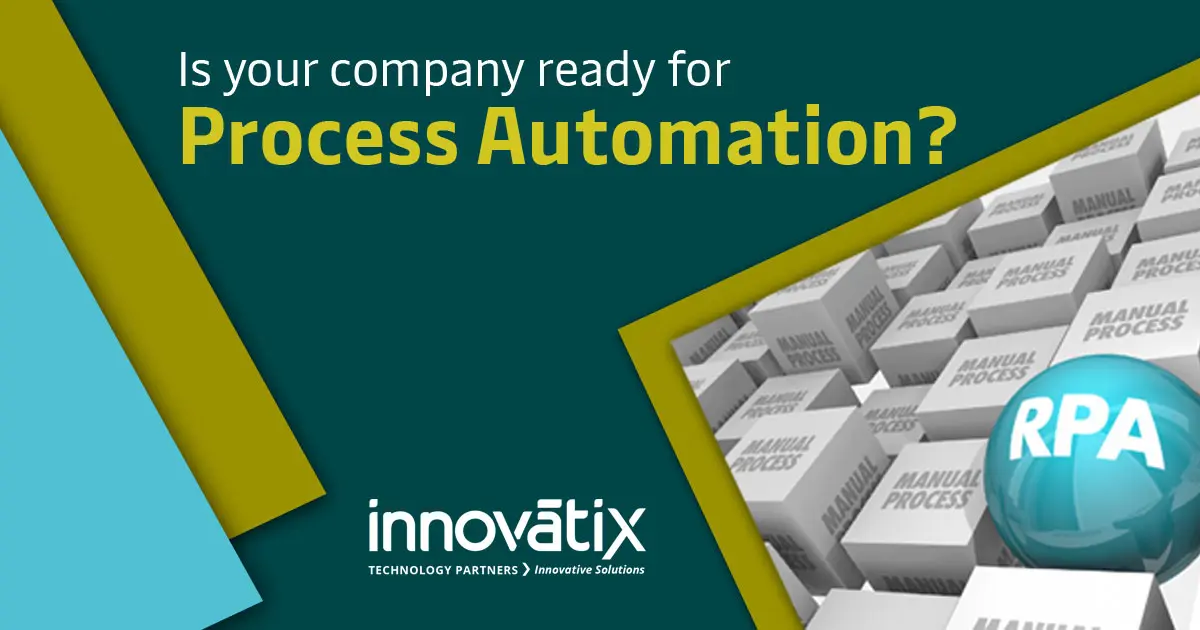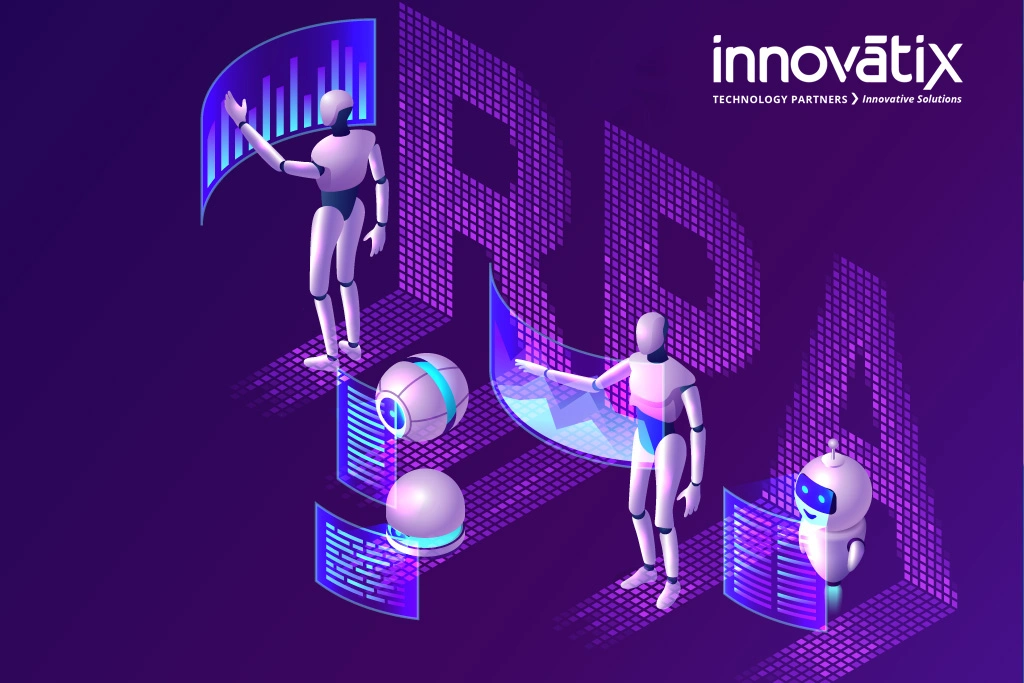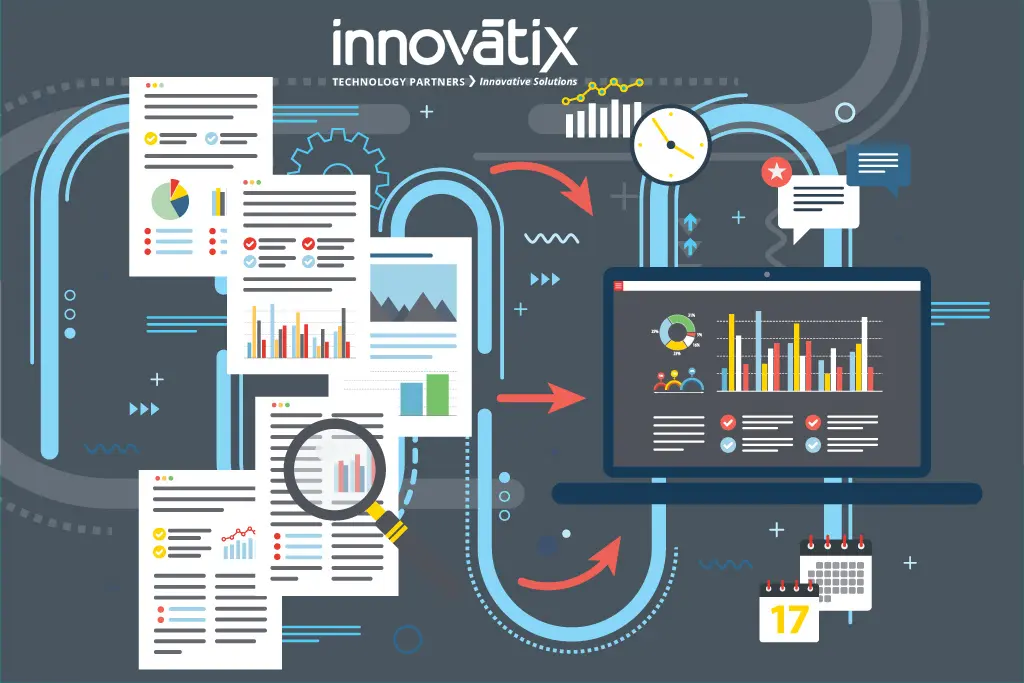Is Your Company Ready For Process Automation?
What are the factors that suggest your company (or at least a specific subset of processes within your company) are prime candidates for process automation? I’ve been asked that question about process automation more often than any other by company executives. That is especially the case for companies in the midcap market arena, where process automation has not yet penetrated significantly. These executives hear the hype about process automation but don’t really know if they are a good candidate for implementation. They do not want to devote their time, resources, or management focus to pursuing this innovation if it is not a good fit. Some proponents of process automation say all companies should be pursuing this innovation, and all other things being equal, I agree that is the case. But the reality is – again, especially in the midcap market arena – that is not always the case. Companies may need to pursue many other even higher priority initiatives to improve their company and advance growth. So, how can a company decide if they are well suited for process automation, and now is the time to pursue it? In this short note, I lay out 7 factors that I feel are strong indicators that implementing process automation will have significant positive impacts on your company, including the economic benefits but going well beyond that. [1] Are these the only 7 factors? No, there are many other factors and predictors of success, many of which are outside the technical scope of the process automation project. For example, having and keeping strong executive support on the project throughout the project implementation stage and continued support during the ongoing operations and expansion stages. These types of factors are not the ones I concentrate on in this note. The factors I point out here are ones specifically related to the process areas of your company to be automated and linked to why automation of those processes is likely to lead to big benefits for your company. Microsoft Power Platform A quick side note before we begin. My company, Innovatix Technology Partner, is a Microsoft Gold partner and our practice in process automation revolves almost entirely around the Microsoft Power Platform suite of tools.[2] We have large teams trained and ready to go to implement your process automation needs using this suite of tools. Depending on the work at hand, we use all 4 of the major tools in the suite as well as the 2 new emerging tools. The 4 main tools include Power Automate, Power Apps, Power BI, and Power Virtual Agents. The two new emerging tools are Process Advisor and Power Pages. And of course, Microsoft is devoting major resources to further advancing their power platform tools set, so more and even better capabilities can be expected going forward.[3] Innovatix’s company website gives detailed information on all these tools and some guidance on the conditions when one is best to use, depending on a company’s needs and goals. Some factors include the desire to pursue low or no-code implementations, the need for process mining to uncover outlier processes, the need to publish output information to web pages, etc. regularly. So, in my discussion below of the 7 factors that favor process automation, I am thinking of these factors in the context of building and implementing the automation applications using the Power Platform suite of tools. The six tools in the suite are highly integrated and thus allow us to weave them together as needed and appropriate in the automation applications we build. While I am sure other process automation tools in the marketplace must have similar capacities, I believe the highly integrated nature of these 6 Microsoft tools is indeed a huge and perhaps unique value addition. For example, imagine the benefits of being able to output process automation monitoring statistics via Power BI. Now, on to the 7 factors…. Factor 1: Lots of manual operations This is considered the perfect case for process automation. The classic case is cited in the literature repeatedly for implementing process automation. I am not talking here of sales or call center operations, for example, which certainly have and need many employees to perform the necessary functions.[4] Instead, I am stating here the areas of your business where you have a lot and growing number of employees doing significant manual work, including the following use cases: If a lot of people in the company are spending a good amount of their time doing these manual operations, then that provides the basis for taking a good look at process automation. Especially in the case where you consider these manual operations as a growing part of your operations. There is a lot to dissect in each of the 4 use cases listed above. Each of these four cases I cite above[5] has specific signatures for how best to automate. I will not discuss each of these signatures in detail in this note but will return and do that in one of my next notes. Let me just give a flavor of what that discussion will look like. The first use case above can be handled in a bunch of ways. But one clear simple way is to just do the automation by building new APIs or adapting existing APIs in the two systems that make it possible for the required information to be transferred automatically from one system to the other.[6] This is a straightforward case of process automation. Microsoft Power Automate will provide the cloud administration platform for managing and monitoring these new automated process steps. Factor 2: Outlier processes I call this factor the ‘hidden outlier process’ factor. Namely, you have business processes that should be well-defined based on your business process mapping blueprints, but unfortunately, on many days, some bottlenecks and fall downs cause manual intervention to take hold of various processes, activities, and customer orders. These ‘outlier processes’ are unexpected (at least in their intensity and frequency) and seem to be causing much














